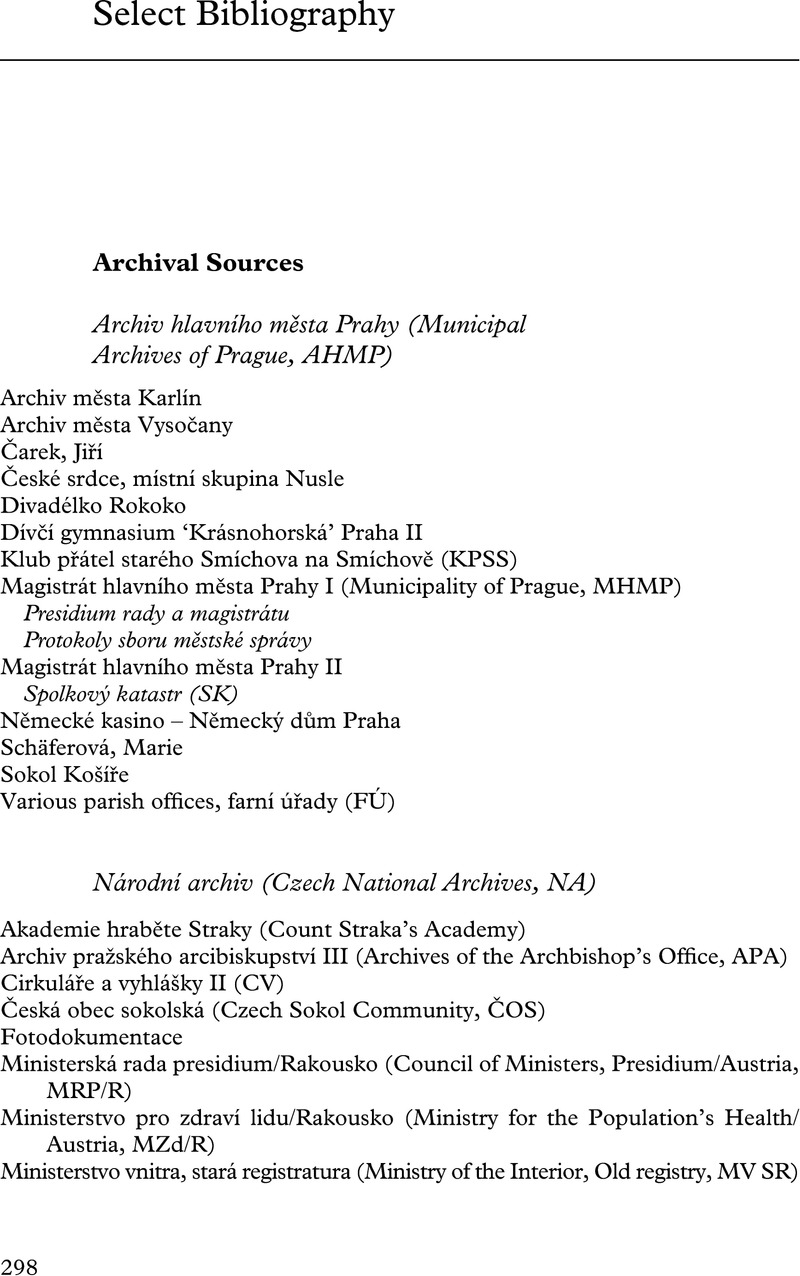Book contents
- Streetscapes of War and Revolution
- Studies in the Social and Cultural History of Modern Warfare
- Streetscapes of War and Revolution
- Copyright page
- Contents
- Figures and Maps
- Acknowledgments
- Note on Language Use
- Introduction
- 1 All Gray
- 2 Black–Yellow Surfaces
- 3 Shades of War
- 4 Black Markets, Green Expeditions
- 5 Not Only Red
- 6 The End of Darkness? Uncertainty and Revolution
- Conclusion
- Select Bibliography
- Index
- References
Select Bibliography
Published online by Cambridge University Press: 30 May 2024
- Streetscapes of War and Revolution
- Studies in the Social and Cultural History of Modern Warfare
- Streetscapes of War and Revolution
- Copyright page
- Contents
- Figures and Maps
- Acknowledgments
- Note on Language Use
- Introduction
- 1 All Gray
- 2 Black–Yellow Surfaces
- 3 Shades of War
- 4 Black Markets, Green Expeditions
- 5 Not Only Red
- 6 The End of Darkness? Uncertainty and Revolution
- Conclusion
- Select Bibliography
- Index
- References
Summary

- Type
- Chapter
- Information
- Streetscapes of War and RevolutionPrague, 1914–1920, pp. 298 - 319Publisher: Cambridge University PressPrint publication year: 2024



